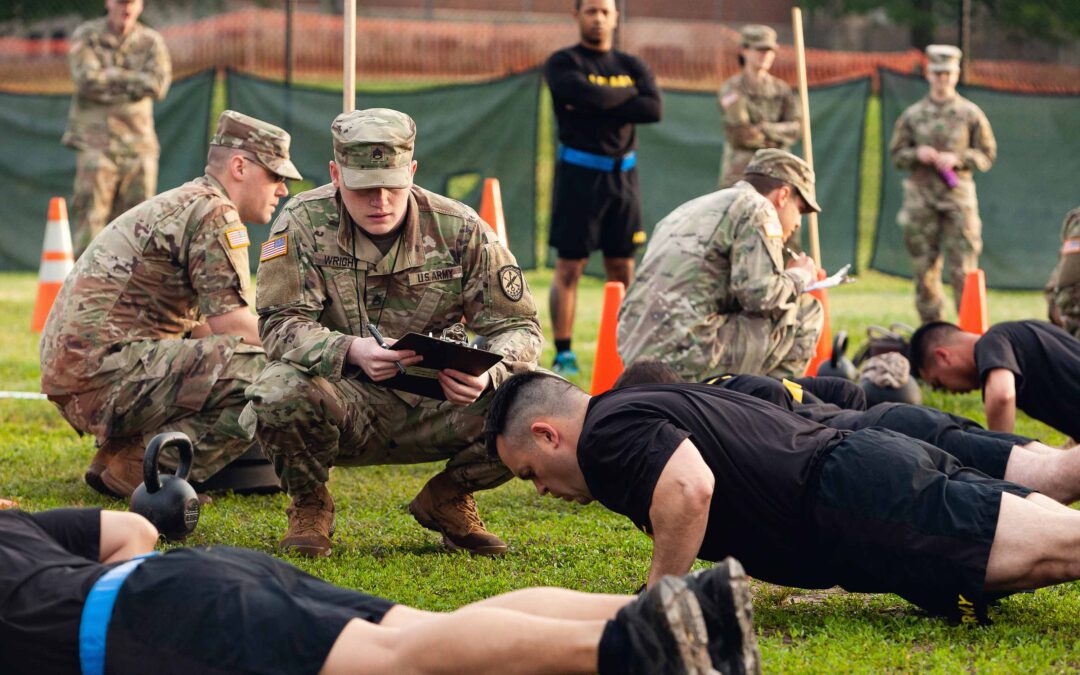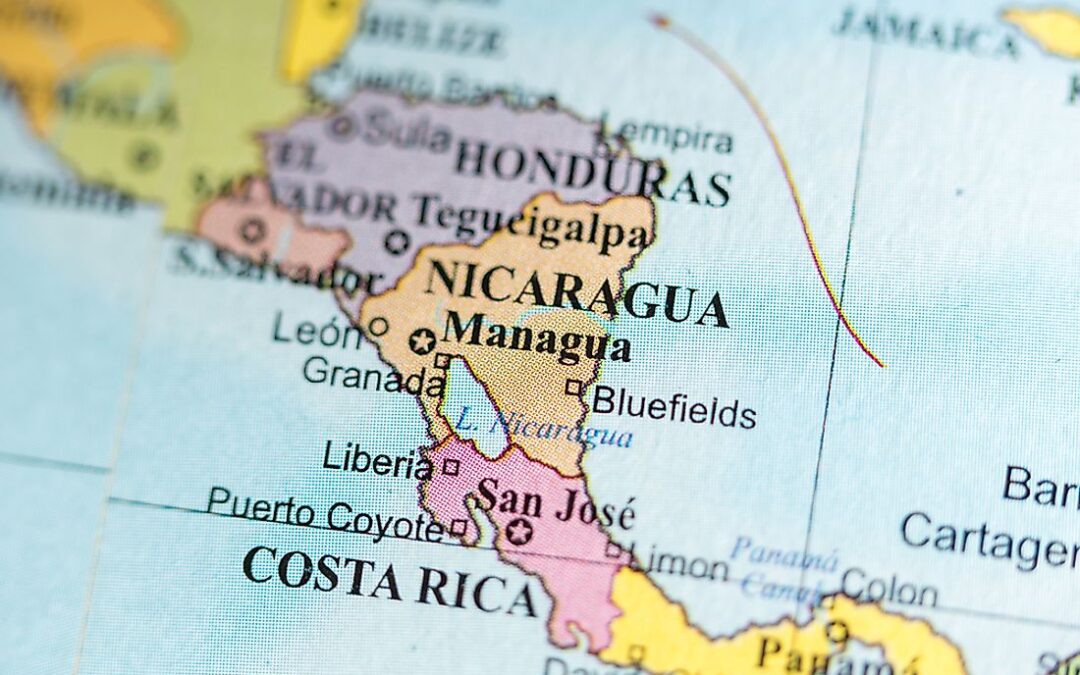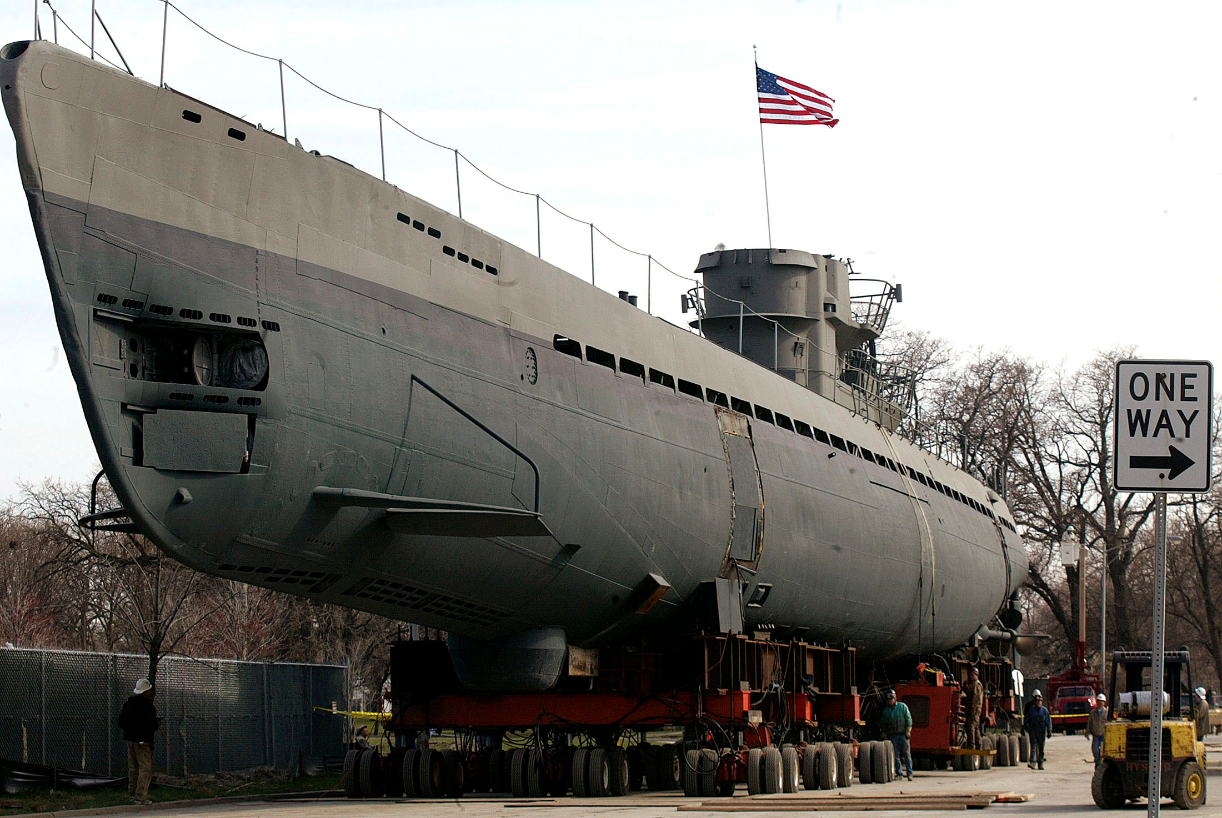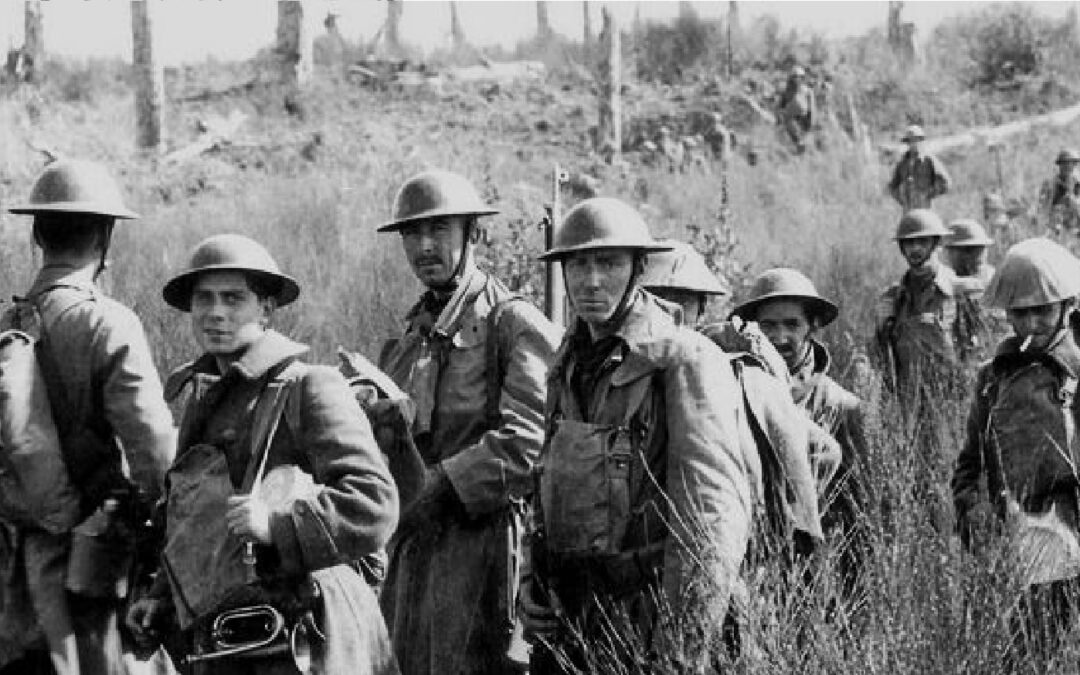War movies are great to watch and keep us on the edge of our seats with each powerful explosion, hidden sniper attack, and scandalous missions, but the U.S. Military has been shrouded in myth for too long. It’s time civilians quit believing the silly hype and learn more about the protectors of this nation. It would not hurt to ask a member of the military about the service instead of relying on multimillion-dollar Hollywood productions and music videos. Myth One: Physical Perfection...











